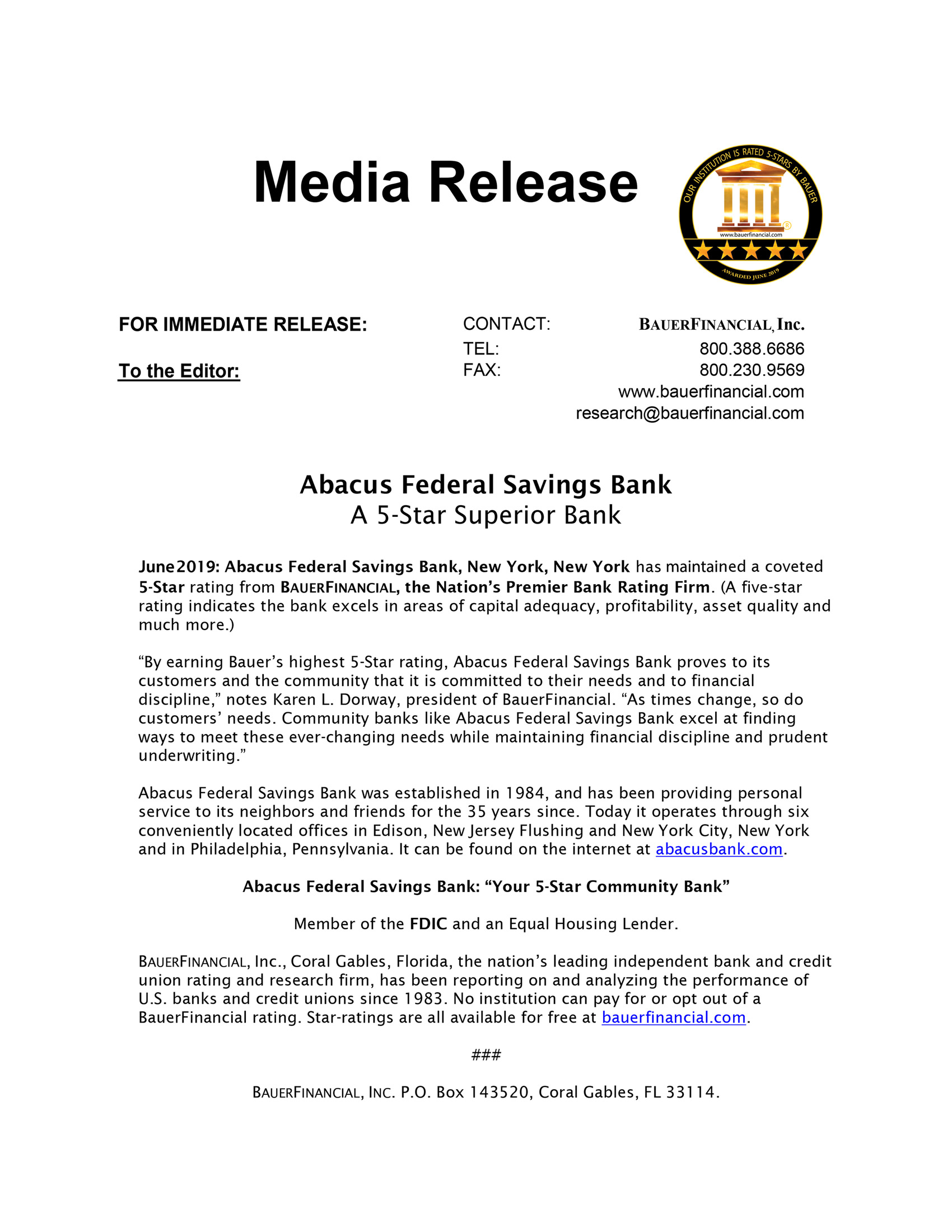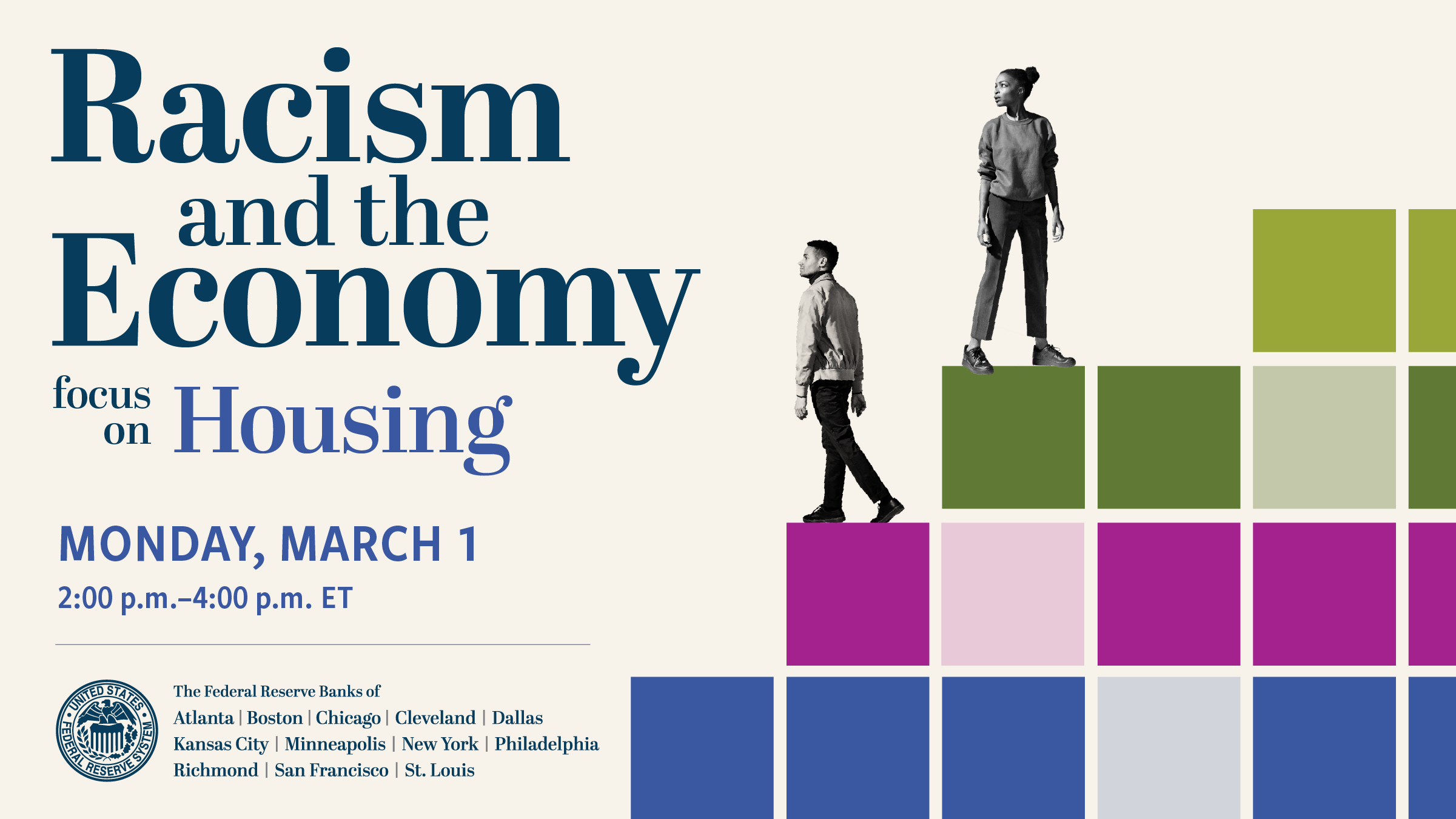

Abacus bank racism free#
Free Press 101: How we practise journalism.Large banks commit wrongdoing on a huge scale and may get fined, but their executives go unpunished, no matter how severe the crimes or how numerous the victims. Small, weak targets get handcuffed and jailed. The case matters because what happened to Abacus continues. The litigation cost the bank $10 million.Īsked if the case against Abacus might have been racially motivated, Vance says in the show, “I felt that our handling of the bank was consistent with how we would have handled the bank if we were investigating a bank that serviced a South American community or the Indian community." In the end, after a five-year investigation and a lengthy trial, the jury acquitted the bank and its managers. All the loans cited in the case continue to perform or have been paid off. The jury struggled to understand how much bank management knew about the fraud.ĭuring the five-year period of the alleged fraud, Abacus sold 3,000 mortgages to Fannie Mae. The documentary makes the case that Yu repeatedly perjured himself on the stand, changing his story and contradicting himself. The DA’s office made Ken Yu its star witness. Thomas Sung approached customers on the line, shook their hands and said, “I’m here.” The run subsided. The announcement led to a run on the bank and customers withdrew $44 million, putting the bank into a liquidity crisis. It indicted 19 employees of the bank and staged a chain-gang-style photo op for New York journalists, with the employees all handcuffed to each other and paraded to the courtroom in front of photographers. The DA’s office determined that the loan office was thoroughly corrupt, and saw the bank as legally responsible. The bank saw its role as a provider of credit, not as an enforcer for the IRS.) (Many Chinatown businesses are cash-based and do not report all their earnings to the IRS. For instance, some loans were backed with “gifts” that turned out to be a borrower handing a loan officer $9,000 in cash and the loan officer writing a check for the amount and using it to back the loan. The district attorney investigated the case and found irregularities in the bank’s loans. The bank suggested she file a complaint with the police. The bank's management also reported the finding to Abacus' regulator at the time, the Office of Thrift Supervision.Ī borrower complained about stolen money.

“Nothing at the level of Ken Yu, but we fired them nonetheless,” Jill Sung says in the program. The investigation uncovered misconduct of two other loan officers. She fired him the same day and hired an outside consultant, a former federal prosecutor, to investigate. In December 2009, the bank's president, Jill Sung, caught a loan officer, Ken Yu, accepting a “tip” from a customer and committing fraud. The DA's office charged that the bank defrauded Fannie Mae by submitting mortgages with fraudulent documents.
Abacus bank racism trial#
It also features a juror in the trial who thought the bank should have been found guilty. The cameras frequently cut to scenes of street life in Chinatown.Įven so, the documentary takes a deep dive into the charges brought against the bank and interviews Cyrus Vance, the New York district attorney, and colleagues who worked on the case. Sung is shown watching “It’s a Wonderful Life” with his wife, speaking of the movie's hero, small-town banker George Bailey, as an inspiration, and strategizing with his daughters. The program is sympathetic to Sung and his three daughters, who work at the bank and fought the case alongside him.


 0 kommentar(er)
0 kommentar(er)
